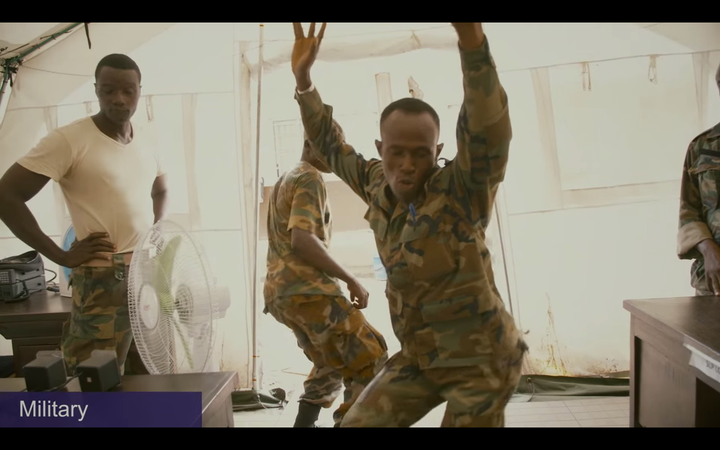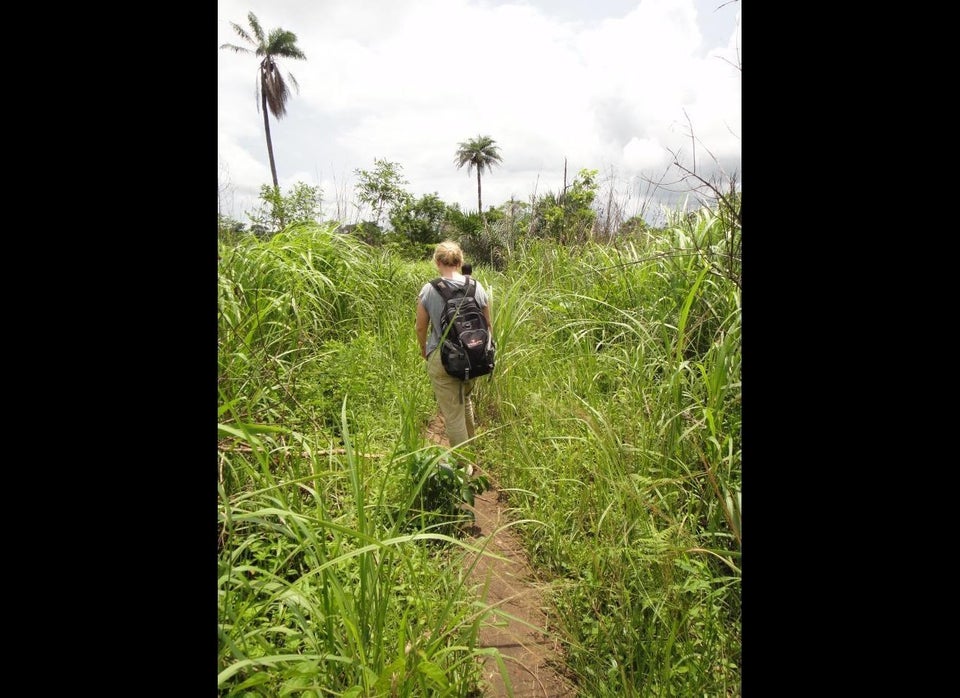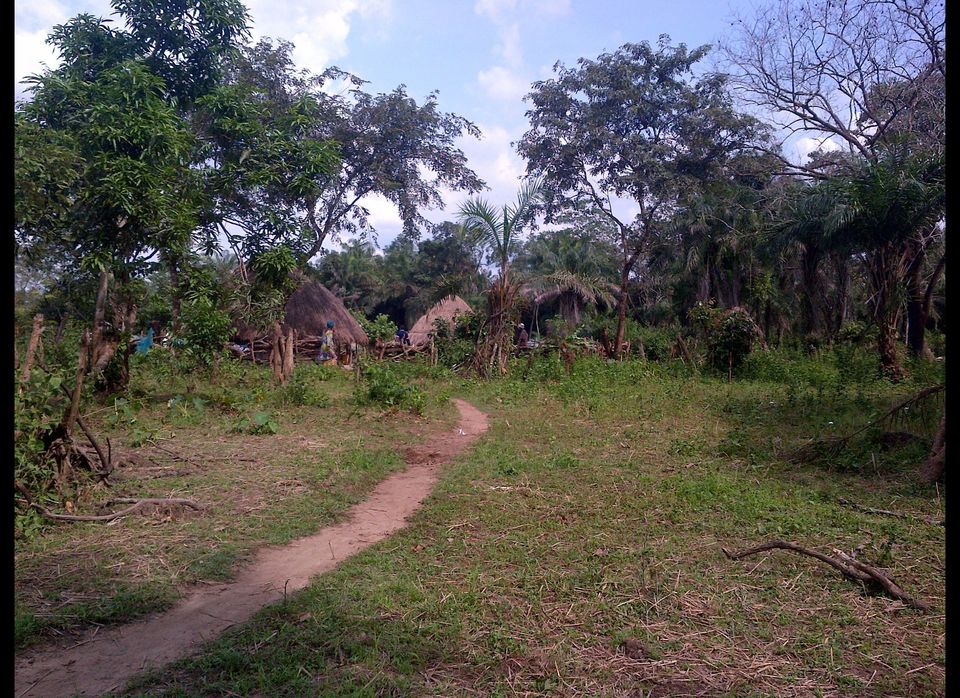What better way to celebrate overcoming a deadly disease than by dancing?
A group of aid and media organizations working to eradicate Ebola from Sierra Leone released a dance video last week to celebrate the World Health Organization's Nov. 7 announcement that Sierra Leone was officially Ebola free.
The video by the Social Mobilization Action Consortium Sierra Leone is called "Bye Bye Ebola," and features different types of people -- including nurses, aid workers, local fishermen, members of the military and even Ebola survivors -- dancing the Azonto, a popular dance that mimics everyday activities. In the video, people clap, shuffle in their surgical gown and rubber boots, and pretend to wash their hands.
Watch the video above.

Sierra Leone's first Ebola case during the current epidemic was confirmed in late May 2014. The disease went on to kill 3,955 people, and infected over 8,700 in the country, the Centers for Disease Control and Prevention noted in a report updated on Nov. 9.
Sierra Leone, Liberia and Guinea were the three West African countries with the most Ebola cases in the past year. The WHO declared Liberia Ebola-free on Sept 3. Guinea, however, continues to battle the disease, and a Nov. 4 WHO situation report confirmed seven new cases since Oct. 18.
Since the video was released, it has been viewed over 170,000 times on Facebook and YouTube combined. On Monday, SMAC Sierra Leone even launched a campaign encouraging viewers to send clips of themselves doing Azonto moves to the video's music to express their happiness.

Related on The WorldPost:














